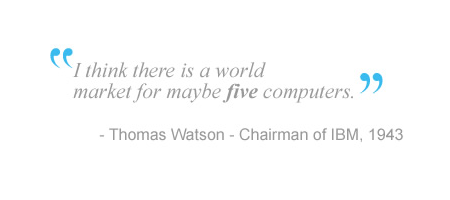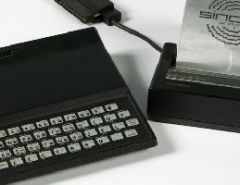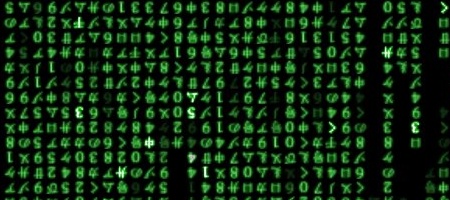Recently a computer museum has opened fairly close to me – called the Centre for Computing History. It’s run with backing from a few local companies (notably ARM) and takes donations from anyone who may have old equipment that needs a good home. A guy from work found out about it due to a banner loosely tied to some railings he goes past on the way to work, so like any self respecting geeks a few of us decided to go and see what it was like.
Cambridge is not a cheap place, everywhere you look developers are buying up land mostly to create luxury flats or a seemingly endless collection of cheap travel hotels. Often these hotels are next to eachother, in fact in two places in the city you have a Premier Inn right next door to a Travelodge, or whatever the other one is.
The end result of this is a lot of older cheaper land is gone and it’s difficult to get anywhere to site something like this. The museum is located near one of the retail parks, but actually over a railway bridge on some of the most dilapidated industrial land in the whole city. It’s actually a couple of converted industrial units and quite nice when you get there.
We were shown around by one of the volunteer curators and then allowed to poke and prod whatever we felt like. It’s an interactive museum, as much of the equipment as reasonably possible is powered on when visitors are there, you’re allowed and encouraged to play around with the machines which makes a nice change from glass cases containing shelf queens.
I decided to donate one of my old machines to them, so went back at the weekend with the machine and a camera. I wish I’d brought my big flashgun along because the photos came out pretty badly in many cases, the main part of the museum is large and a built-in flash just won’t cut it.








































So there you have it, most of the displayed contents of the Cambridge Computer Museum, although I forgot to get a photo of the ZX80 and a few of the display cases. If you happen to be in the area I do recommend a visit if only to get a shameful photo taken in the C5 and play a full colour version of Manic Miner on the SAM Coupe. The people I’ve met there were all very friendly and the entry fee isn’t unreasonable.
You can find their website here:
http://www.computinghistory.org.uk/
They also do lab sessions for kids using Rasberry Pi units in the classroom area, this was going on at the weekend but I didn’t get to take a photo of the session unfortunately. Should teach them Logo instead on the Model B’s, it was good enough for me.


